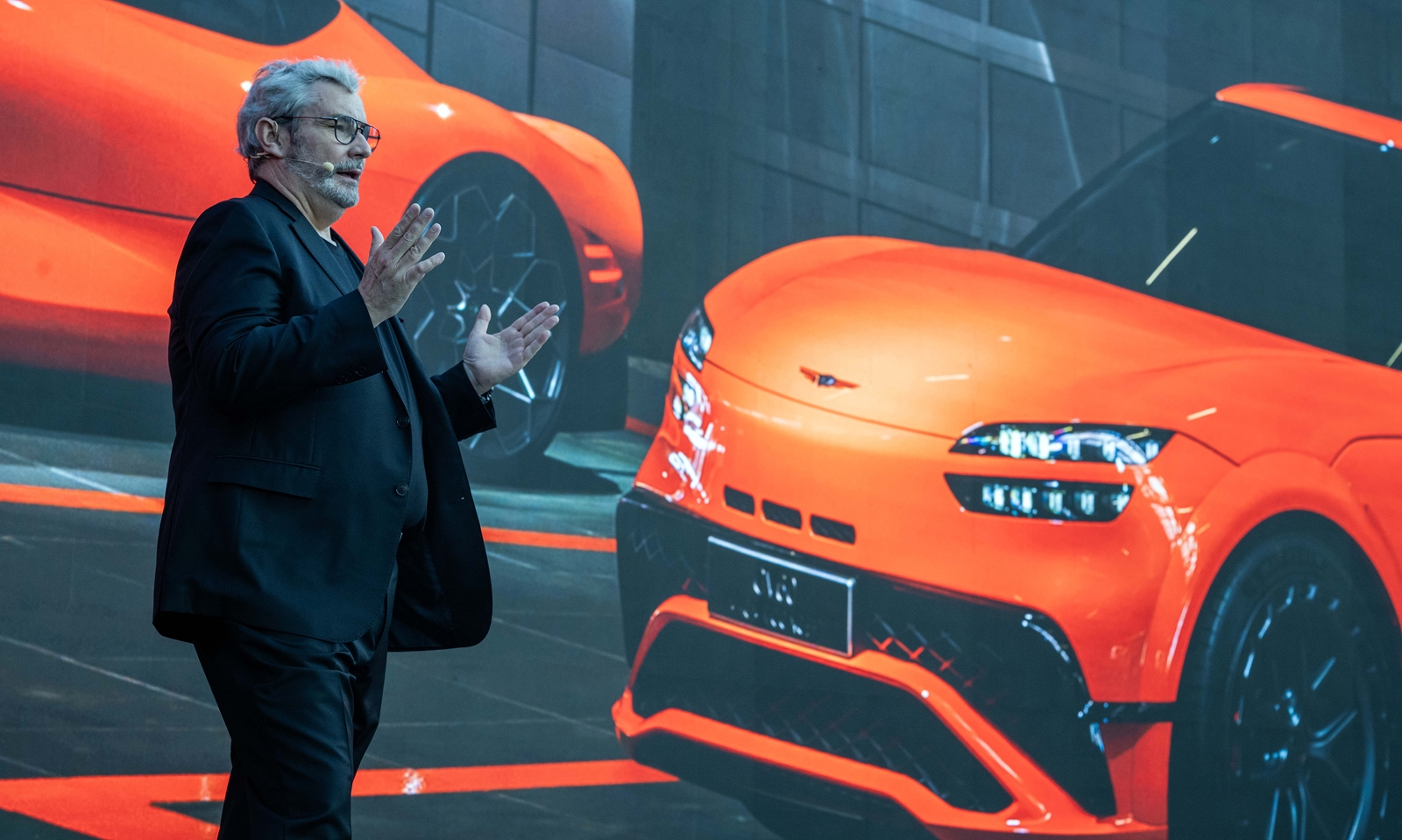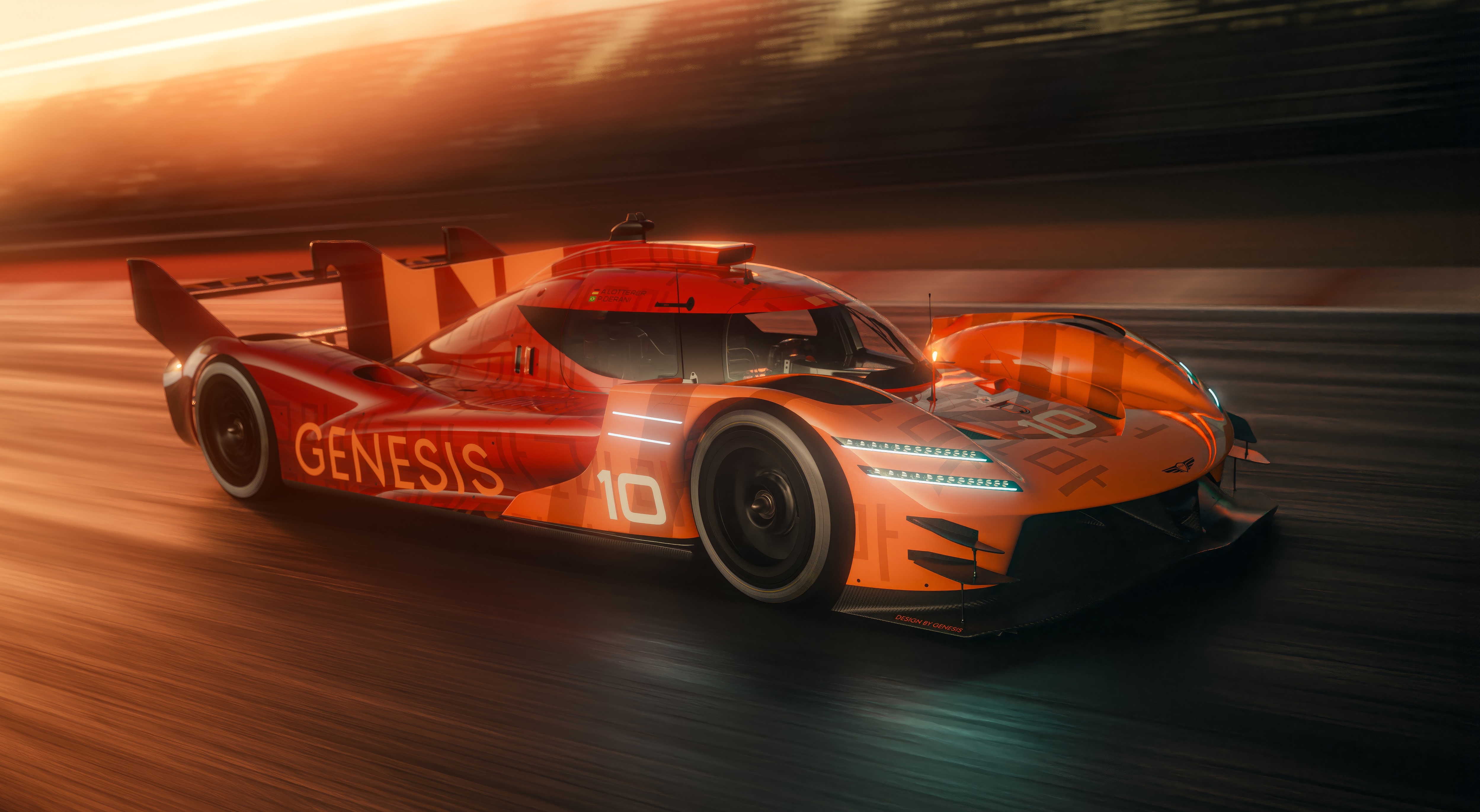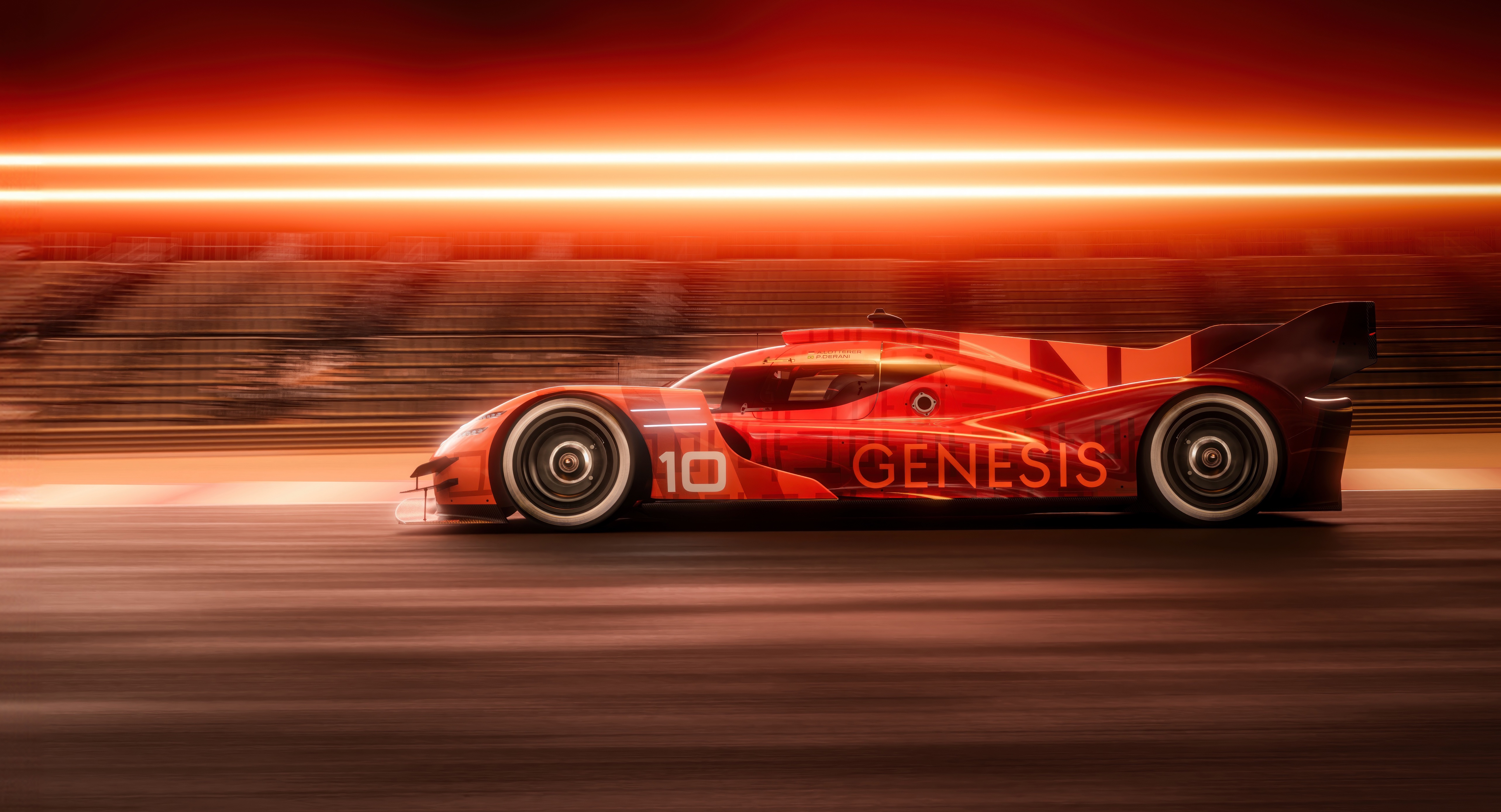
Renowned for his visionary approach, Genesis Chief Creative Officer Luc Donckerwolke has offered a further insight into the design philosophy behind the Korean manufacturer’s first FIA World Endurance Championship Hypercar – set to bolster the grid in the series’ top-tier in 2026...

Initially unveiled at the New York International Auto Show in April and subsequently showcased to the race-going public during June’s 24 Hours of Le Mans, the Genesis Magma Racing GMR-001 – two of which will join the fray in FIA WEC next year – will be based upon an ORECA chassis and V8 powerplant benefitting from parent company Hyundai Motorsport’s existing FIA World Rally Championship engine technology.
The striking prototype has already drawn myriad admiring glances, and Donckerwolke reveals that it was conceived with a clear focus on function – but also an eager eye on form.
“I don’t like to debate an idea for months and then lose the essence,” the Belgian told fiawec.com, “so when we realised that the idea was there, I said, ‘we don’t touch it anymore – we just do it’. For me, that is the best way. I worked for a long time in companies where you spend three years designing and refining a car, and in the end, it looks so boring that you don’t even notice it on the street. So I am completely against that. I think instinct has to be executed, not played around with.
“First of all, the priority had to be performance, aerodynamics, cooling – whatever we did could not adversely impact any of those areas. That was rule number one.

“Considering the livery, I strongly believed it needed to be primarily orange, because we’re essentially advertising the sportier orange Magma cars in our road-going line-up. The problem was that the logo is also orange, so I said, ok, something that we have is that the engine behind the cockpit is producing some heat, so I wanted to show an evolution of the Magma orange turning into a darker colour as the temperature rises.
“The idea was to introduce a certain amount of dynamic in the form, having colours changing rather than blocks of colours and stripes like you see on most racing cars. I said I would rather have something like a piece of art – like a painting that you can peel off the car and put on the wall. From that came the idea of having the complete gradation from orange into red and then going deeper and deeper into burgundy at the rear.
“From there, we said, let’s play with the word ‘Magma’. I wanted to have something starting very quietly at the front of the car, with the writing ‘Magma’ almost in the same tone as the livery, and as it approaches the rear, it gets darker and darker as it accelerates into the gradation of the colour.

“It’s like the Doppler effect – when you hear a car coming, the sound changes from a high frequency to a low frequency as the car goes by. It’s the same thing here – it’s almost like the Doppler effect graphically translated into a colour change from light to dark, as if the car is getting hotter and louder, which is why the ‘Magma’ writing in Korean gets darker and darker.
“Finally, we have the light signature, which is the two parallel lines, front and rear. It’s actually more than just a light signature – we call this our brand signature. Where Adidas has the three stripes, Nike has the Swoosh and Coca Cola has the wave, we have the two lines. This is something that we apply to all Genesis models. We want to be able to do that on any type of proportions and any type of architecture – when you see the two lines, it should be automatically recognisable as a Genesis...”
Watch FIA WEC live or on-demand via the official FIA WEC TV app – your full-access pass to the FIA World Endurance Championship including the iconic 24 Hours of Le Mans. Don’t miss a moment. For further information, check out the app.
